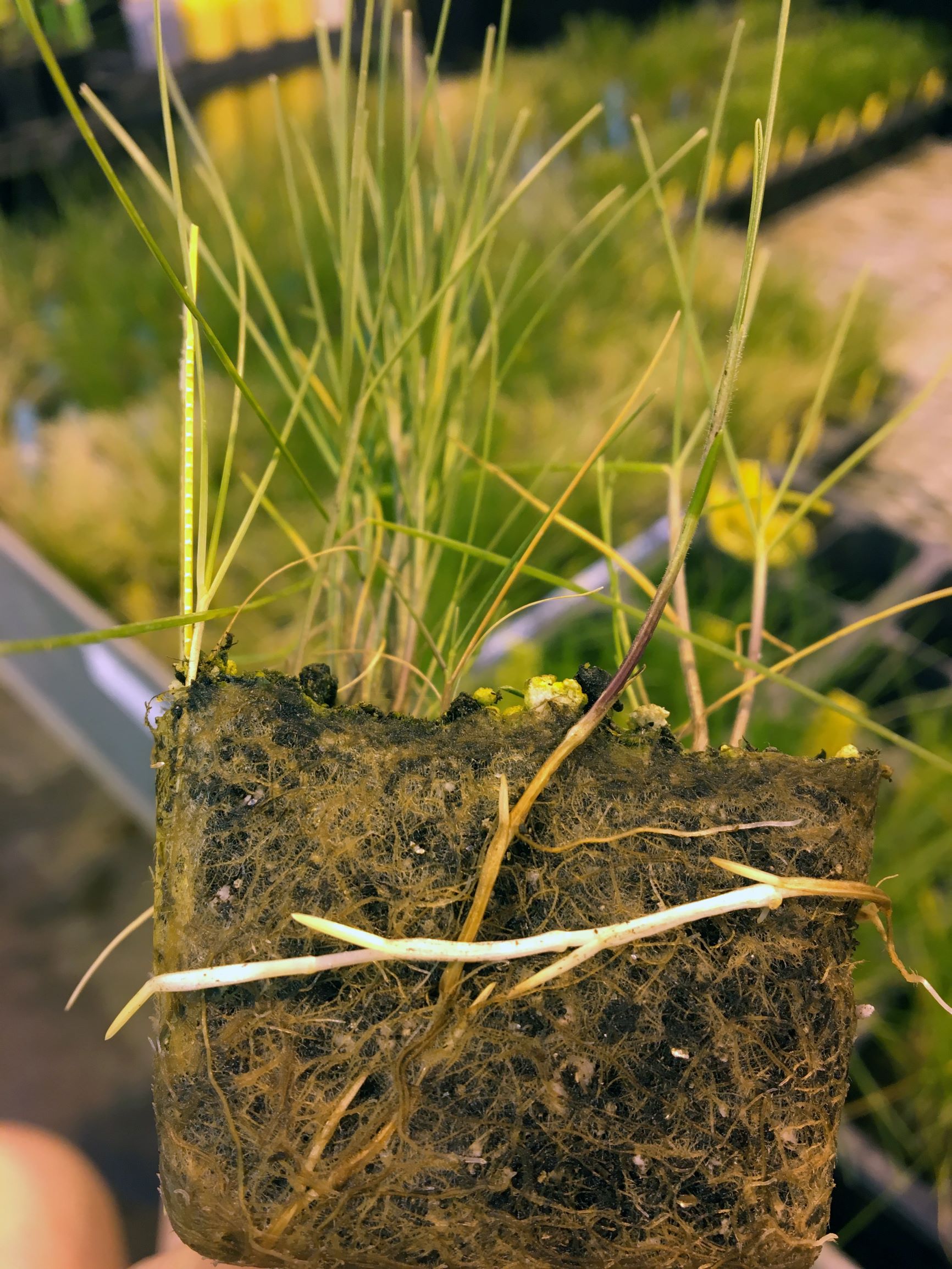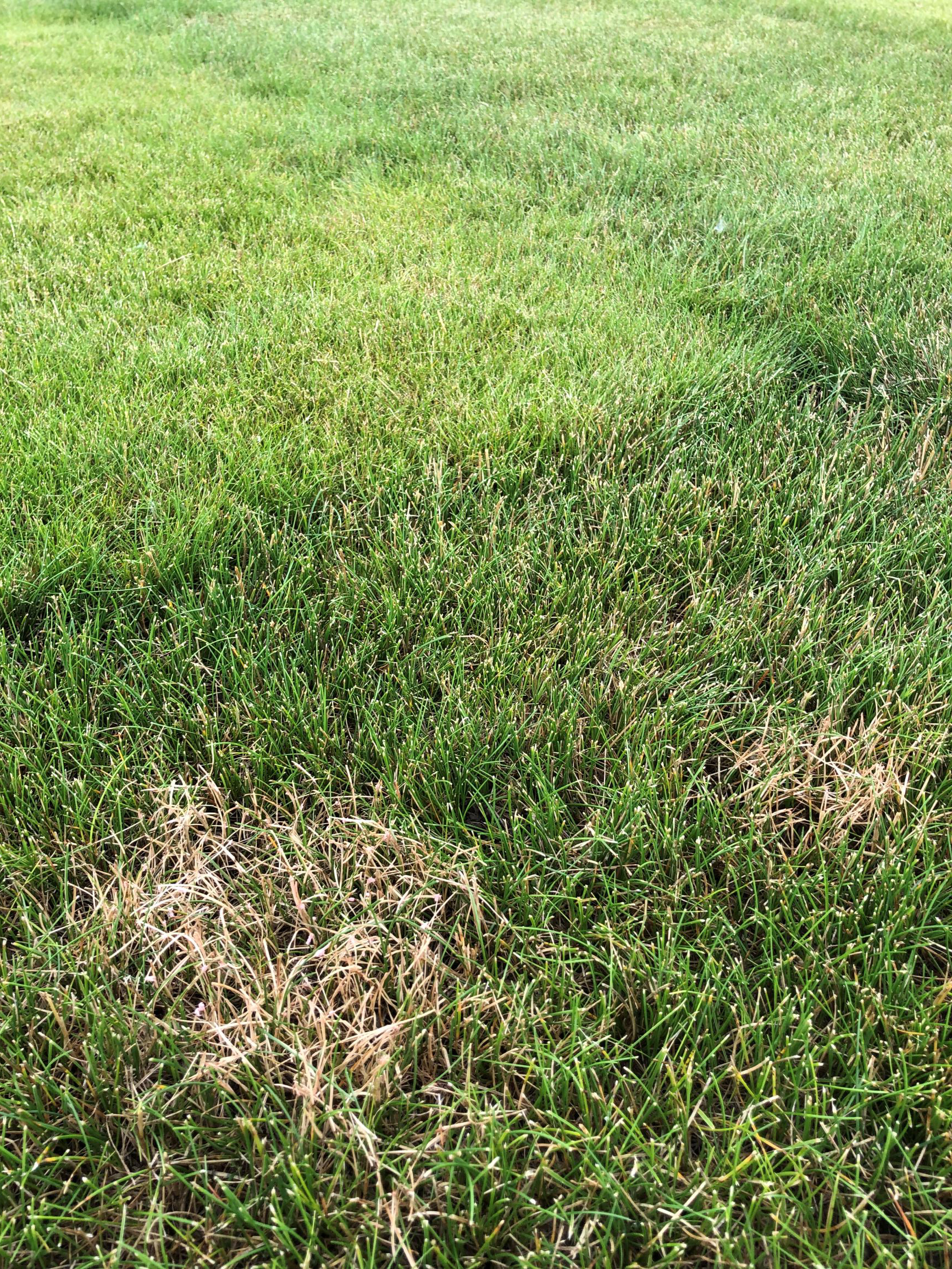By Eric Watkins and Yinjie Qiu
This article was originally published on the Low Input Turf Using Fine Fescues blog.
Fine fescue research has progressed rapidly in recent years, spurred by greater interest in low-input turf and the availability of funding for improving these grasses. While giving talks to various groups about lawn grasses for Minnesota, we often follow the introduction of fine fescues with a refrain similar to “they all look very similar”: translation “don’t ask me how to tell the fine fescues apart!”.
When conducting research on these grasses, or working to improve plant populations through plant breeding and genetics, it is critical to know which fine fescue is which. There are a number of good resources to help identify these grasses through botanical characteristics, but for the most part, these are best left to professional taxonomists who possess both excellent magnification tools and tremendous patience.
At the University of Minnesota, we have taken a three-pronged approach to fine fescue identification:
1. Plant morphology and stress response
Simply looking at a fine fescue is not a great way to identify the specific taxon to which the plant belongs; however, it can help narrow down the choices. The most obvious feature we use for identification is the presence of rhizomes (Figure 1); of the five primary fine fescues, only strong creeping and slender creeping red fescue produce rhizomes. In a turf stand, you can’t easily use this approach without digging up the turf, but in a spaced plant nursery, the appearance of daughter plants from rhizomes is usually quite obvious. In turf plots, a trained eye can usually identify fine fescues under certain environmental conditions. For example, during mid-summer in Minnesota, the hard fescues and slender creeping red fescues always look the best, with the slender creeping red fescues having a lighter green color. When dollar spot disease is present, those plots without pressure are usually hard fescues or sheep fescues, while the highest level of disease is usually in the strong creeping red fescue plots; a similar situation exists for red thread disease in the spring and early fall (Figure 2).
2. Chromosome number
Fine fescues can sometimes be differentiated by chromosome number. Sheep fescue (at least the one that is usually used for turf) is a tetraploid (4 copies of each chromosome), strong creeping red fescue is an octoploid (8 copies of each chromosome), and the remaining fine fescues--hard, Chewings, and slender creeping red--are all hexaploids (6 copies of each chromosome). Counting chromosomes is a tedious task, especially in plants that have a high number of chromosomes. In order to circumvent this challenge, researchers use flow cytometry, a method that uses fluorescence dye and a laser to accurately measure the total DNA content for each nucleus within the cell, which can then be used to approximate the ploidy number. In our lab, we recently used this approach to determine the ploidy levels of germplasm collections in a USDA repository; the results of this work are being published in Crop Science.
3. Genetic markers
Because of the polyploid nature (more than two sets of chromosomes) of fine fescues, each gene potentially has multiple copies in the genome. For this reason, developing genetic markers based on nuclear DNA is challenging. Fortunately, plants also have a small number of genes in their chloroplast, and these genes do not change as much from generation to generation as genes in the nucleus; this is because the chloroplast is inherited only from the female plant parent. Through our fine fescue chloroplast genome sequencing efforts, we have identified sets of markers that capture the differences between fine fescues and can be used for fast screening for germplasm identification. Additionally, we have also identified chloroplast genome regions that are polymorphic that researchers could use the genome sequence to estimate genetic diversity of fine fescue germplasm. If you want to learn more about this project, you can read our publication in Frontiers in Genetics.
Using a combination of these three approaches, we are confident we can accurately identify fine fescues. The final approach, genetic markers, holds the greatest promise, especially as our methods are improved to characterize a more diverse panel of germplasm and through ever-improving sequencing technology. In the future, using the results of ongoing whole genome sequencing efforts, it will be possible for researchers to develop easy-to-use and effective molecular tools not only for species identification but also for capturing genetic diversity and improving the fine fescue germplasm in new and exciting ways.

